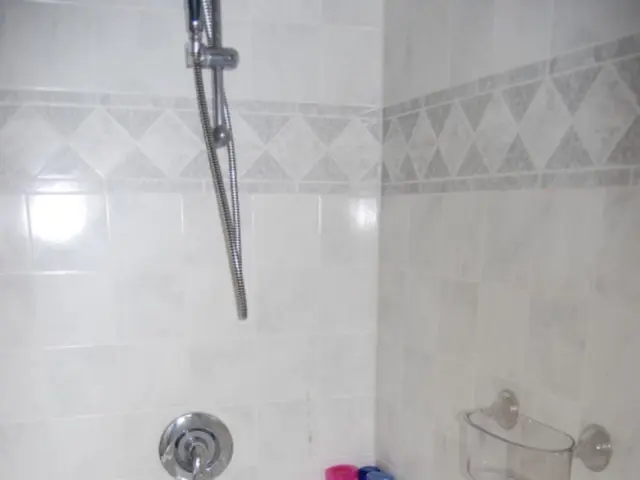Exploring Cold Therapy: Its Potential Role in Prevention and Treatment of Migraines
Migraines, a neurological disease characterized by moderate to severe throbbing or pulsing headaches, affect millions of people worldwide. In the quest for effective and safe treatment options, cold therapy has emerged as a popular choice among sufferers.
Over-the-counter cold-gel headbands and caps are available for cold therapy, offering a simple and accessible solution for migraine relief. These devices work by inducing vasoconstriction, slowing nerve conduction velocity, and reducing local inflammation, which may contribute to migraine symptoms.
However, it's important to note that while current research indicates some adjunctive efficacy in treating migraine pain, the evidence remains somewhat limited compared to other treatments like neurofeedback or pharmacological interventions. Further research is necessary to establish the longer-term effects of cold therapy on migraine pain and other symptoms.
In clinical practice, cold therapy is often used as a non-pharmacological adjunct for managing acute migraine attacks. It may be used alongside heat therapy, other relaxation techniques, or as part of a multimodal treatment plan.
A 2021 study found that cold therapy interventions had a short-term effect on reducing migraine pain, while a 2020 study concluded that applying a cold band to the forehead during a migraine attack helped reduce pain severity and improve quality of life.
For those seeking a homemade cold therapy solution, the National Health Service (NHS) recommends creating an ice pack by placing ice cubes or crushed ice into a plastic bag, squeezing out the excess air, and sealing the bag tightly. A clean cloth or towel should be dampened and placed on the forehead, with the ice pack then placed firmly in place for 10-15 minutes.
It's not clear whether cold therapy can worsen migraine pain, and there are no known significant side effects to its use. The National Headache Foundation recommends applying a cold pack to the forehead and temples during a headache attack. Cold therapy is also safe to use alongside other medications and therapies a doctor recommends.
In addition to cold therapy, managing triggers, good sleep hygiene, napping during a migraine attack, massage, dimming the lights, and using noninvasive neuromodulation devices are additional non-pharmacological treatment options for migraine. Some people may benefit from using these devices, which use magnets or electrical currents to adjust the activity in the brain.
However, many noninvasive neuromodulation devices require a prescription. Anyone who is interested in either cold therapy or non-pharmacological migraine therapies is advised to talk with a doctor for further advice. Keeping a diary of potential triggers and migraine episodes can help individuals identify these triggers and avoid them in the future.
In summary, while cold therapy remains a popular and low-risk adjunct for migraine pain management, the current high-quality evidence base for its sole effectiveness and exact mechanisms in migraine treatment is limited and warrants further clinical research. More established treatments currently involve pharmacological therapies, neuromodulation, and integrated multidisciplinary approaches.







